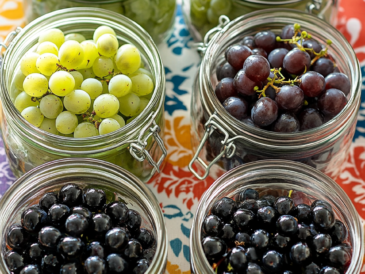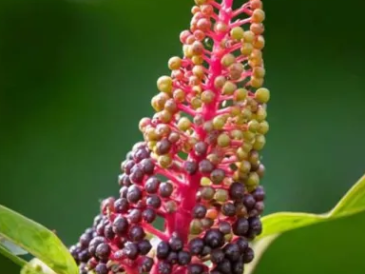Rosemary is a beloved herb, known for its aromatic fragrance, culinary versatility, and ability to thrive in various garden environments. Whether you’re growing it for its ornamental appeal or its health benefits, rosemary is generally a hardy, low-maintenance plant. However, despite its resilience, rosemary doesn’t always play well with other plants. Certain species can disrupt its growth, create competition for resources, or attract pests that harm both rosemary and the neighboring plants.
This article will guide you through the plants you should avoid planting near rosemary, helping you craft a healthier and more balanced garden. Understanding these plant interactions will ensure that your rosemary, and the surrounding flora, can reach their full potential.
1. Basil: A Moisture Mismatch 🌿
Basil and rosemary are both culinary staples, but they are poor companions in the garden. Basil prefers moist, fertile soil and requires regular watering to thrive, whereas rosemary flourishes in dry, well-drained conditions. Planting them together can create a conflict in water distribution, where basil gets overwatered or rosemary is left too dry.
By keeping them apart, you can ensure that each herb gets the appropriate care. Consider planting rosemary alongside other drought-tolerant herbs like sage or thyme, and leave basil with moisture-loving companions like parsley or chives.
2. Cucumbers: Watering Conflicts and Pest Problems 🥒
Cucumbers are another plant that should not share space with rosemary. They require consistent moisture and prefer rich, well-watered soil, which contrasts with rosemary’s need for drier soil. The competition for water can stunt growth or cause root rot in rosemary.
Moreover, rosemary can sometimes attract pests such as aphids and whiteflies, which can also harm cucumber plants. If you’re growing cucumbers, it’s best to keep them away from rosemary and instead pair them with corn, beans, or sunflowers, which make excellent cucumber companions.
3. Tomatoes: Different Nutritional Needs 🍅
Tomatoes and rosemary may enjoy full sunlight, but that’s where their similarities end. Tomatoes need nutrient-rich, well-watered soil, which can cause competition for nutrients and water when placed near rosemary. This can lead to reduced tomato yield and slow rosemary growth.
Since tomatoes are heavy feeders, they grow best alongside plants that have similar soil needs, such as basil (which is a great companion for tomatoes), marigolds, or garlic, which can help deter pests while thriving in nutrient-dense environments.
4. Potatoes: Pest Attraction 🥔
Potatoes and rosemary should not be planted together, as rosemary tends to attract potato beetles, a notorious pest for potato crops. This can leave your potatoes vulnerable to infestations, which would ultimately hurt your overall harvest. Additionally, like the other plants on this list, potatoes require moist soil, and rosemary’s need for drier conditions can complicate the balance.
To protect your potato crop, it’s better to plant rosemary far from potatoes. Instead, potatoes do well with beans, corn, or cabbage, which can help improve their growing conditions without drawing unwanted pests.
The Importance of Companion Planting
Knowing which plants to avoid placing near rosemary is only half the battle. Companion planting is an age-old gardening technique where certain plants are grown together to enhance each other’s growth, deter pests, or improve soil health. By understanding plant relationships, you can create a harmonious garden where every plant thrives.
While rosemary doesn’t get along with basil, cucumbers, tomatoes, or potatoes, it pairs well with lavender, thyme, and oregano—all drought-tolerant herbs that prefer similar growing conditions. These companions can help repel pests, enhance flavor, and make the most of your garden space.
Conclusion: Plan Smart, Grow Strong
Rosemary is an exceptional herb that offers numerous benefits, but like every plant, it has its preferences. **Understanding the best
plant companions and which plants to avoid is key to ensuring your rosemary—and the rest of your garden—thrives. By steering clear of moisture-loving plants like basil, cucumbers, tomatoes, and potatoes, you allow rosemary to grow in the dry, well-drained conditions it prefers.
With the right planning and careful pairing, you can create a harmonious garden that not only looks beautiful but is healthy and productive. So, when planting rosemary, keep these companion planting tips in mind, and your garden will be set up for success! 🌿🌱




